Home energy costs can take a big bite out of your wallet. The average household spends over $2,000 a year on energy bills. But with some simple changes, you can improve your home care and cut your energy use to keep more money in your pocket.
The beginning of a new year is the perfect time to evaluate your home’s energy efficiency. By implementing some new habits and upgrades, you can reduce your energy consumption and environmental impact. Small tweaks to your daily routine, improvements to your home’s insulation, and smart technology can lead to big savings on your utilities.
The following guide will take you through some of the easiest and most effective ways to cut your home energy usage this year. Many require little time or money yet can pay dividends for years to come. Read on to start the new year off right by making your home leaner, greener, and more energy efficient.
Turn Down the Thermostat to Improve Home Care
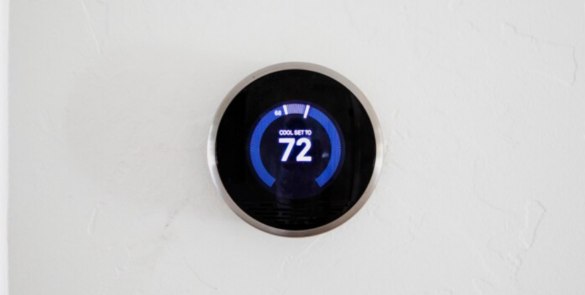
Turning down your thermostat is one of the easiest ways to save energy and money on your heating bill. The ideal thermostat temperature when you are home is around 20°C (68°F). You can turn it down to around 16°C (62°F) when you’re sleeping or away from home for several hours.
Every degree lower than 21°C (70°F) can save you up to 3% on heating costs. Turning it down further when you’re away or sleeping can save even more. The Department of Energy estimates a savings of 1% for every 8 hours when the thermostat is set back 10°-15°F.
The exact ideal temperature depends on your comfort preferences. But in general, the lower you can set the thermostat when you’re not home, the more you’ll save without sacrificing comfort when you are home. Using a programmable or smart thermostat makes it easy to set different temperatures for different times of day.
Seal Air Leaks

Sealing air leaks around your home is one of the most effective ways to reduce energy waste and lower your heating and cooling bills. When there are cracks and openings in your home, warm air can escape in winter and cool air can escape in summer.
Here are some tips for locating and sealing air leaks:
- Check around windows and doors – these are common areas for air leaks. Make sure windows and doors are properly weather-stripped. Adding caulk around trim can help seal gaps.
- Inspect electrical outlets and switch plates on walls. You may feel drafts coming from around them. Foam gaskets can be installed behind outlet covers to seal these spots.
- Look for gaps along the baseboard where the wall meets the floor. Apply caulk or foam sealant in these areas. The top floor ceiling is another spot to check.
- Examine where pipes, wires, vents, and ducts come through walls, floors, and ceilings. These penetration points can often lead to energy loss. Apply caulk or spray foam sealant around them.
- Don’t forget the attic. Check the seal between the attic access and the ceiling. Weatherstrip and insulate the attic hatch for better efficiency.
- Make sure any cracks or openings on the home exterior are properly sealed with caulk or weatherstripping. Pay attention to areas like corners, trim, and where siding meets brick.
Taking the time to search for and seal air leaks will keep your heated or cooled air where it should be – inside your home. It can make a big difference in energy savings.
An Often-Avoided Home Care Tip- Change Air Filters
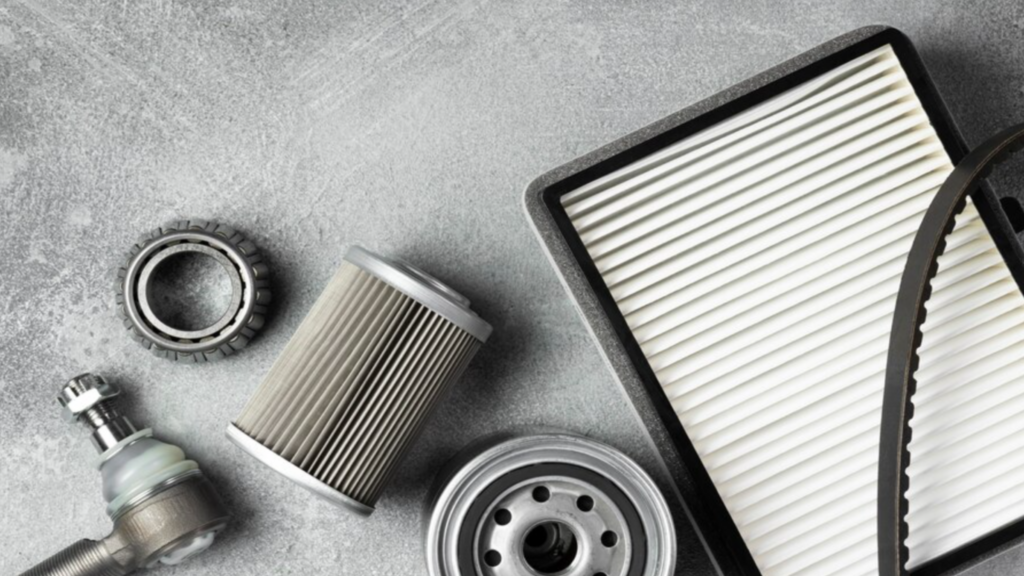
Changing your air filters regularly is one of the easiest ways to keep your HVAC system running efficiently. The air filter traps dust, dirt, pollen, and other particles as air circulates through your home. Over time, the filter becomes clogged, making it harder for air to pass through. This causes your system to work harder to keep up with the set temperature.
Replacing a dirty, clogged filter with a clean one removes the blockage so air can flow freely again. Your system doesn’t have to work as hard, so it operates more efficiently. The Department of Energy recommends changing your air filters every 1-3 months. If you have pets or live in a dusty area, you may need to replace filters more frequently. Additionally, be sure to get the right size and type for your system. A clean filter makes your HVAC system more efficient and can lower your energy bills.
Use a Programmable Thermostat
Installing a programmable thermostat is a great way to save energy and money on heating and cooling costs. Programmable thermostats allow you to set different temperatures for when you are home, asleep, or away. This ensures you aren’t heating or cooling an empty house and wasting energy.
Programmable thermostats can save homeowners up to 10% on heating costs and 15% on cooling costs per year. By turning your thermostat back 10-15°F for 8 hours a day, you can reduce your heating and cooling bills by up to 15%. The average programmable thermostat costs around $50, so it pays for itself in energy savings in no time.
Upgrade Appliances for Better Home Care
Upgrading to more energy-efficient appliances can have a significant impact on your home’s energy use. Appliances account for about 20% of household energy use, so replacing old, inefficient models with ENERGY STAR certified appliances can trim hundreds of dollars from your utility bills each year.
The most energy-intensive home appliances are:
Refrigerators – Because they run 24/7, refrigerators are one of the biggest energy users in the home. Replacing an older model with a new ENERGY STAR refrigerator can reduce electricity use by 30% or more. Look for models with top-mounted freezers.
Washing machines – Washers with an ENERGY STAR rating use about 25% less energy and 40% less water than conventional models. Front-loading washers are usually more efficient.
Dishwashers – Choose an ENERGY STAR certified dishwasher to reduce energy use by at least 15% compared to standard models. Features like booster heaters increase energy use, so avoid them.
Ovens – For conventional ovens, look for units with improved insulation and precise thermostats. Convection ovens cook food faster, using less energy. Induction cooktops are the most efficient for stovetop cooking.
Clothes dryers – ENERGY STAR models use 20% less energy. Consider air drying clothes on a clothesline or rack to save even more.
Upgrading older appliances to energy efficient models can cost more upfront but will pay for itself over time through lower utility bills. Be sure to check for rebates and tax credits to help offset costs. Investing in efficient appliances is one of the best ways to reduce your home’s energy use for years to come.
Switch to LED Light Bulbs
Switching to LED light bulbs can reduce your home’s energy use while saving you money over time. LED bulbs last about 25 times longer than regular incandescent bulbs and 8 times longer than CFL bulbs. Though they cost more initially, LED bulbs will save you money in the long run since you have to replace them less often.
LEDs come in a variety of shapes, sizes, and light colors to fit most fixtures. Prioritize upgrading the bulbs you use most often, like kitchen ceiling lights, hallway lighting, and porch lights. LED bulbs work well in recessed lighting and track lights too. Consider dimmable LED bulbs for adjustable accent lighting. Outdoor spotlights, post lamps, and motion sensor lights also benefit from LED’s efficiency and longevity. Just be sure to choose bulbs rated for outdoor use.
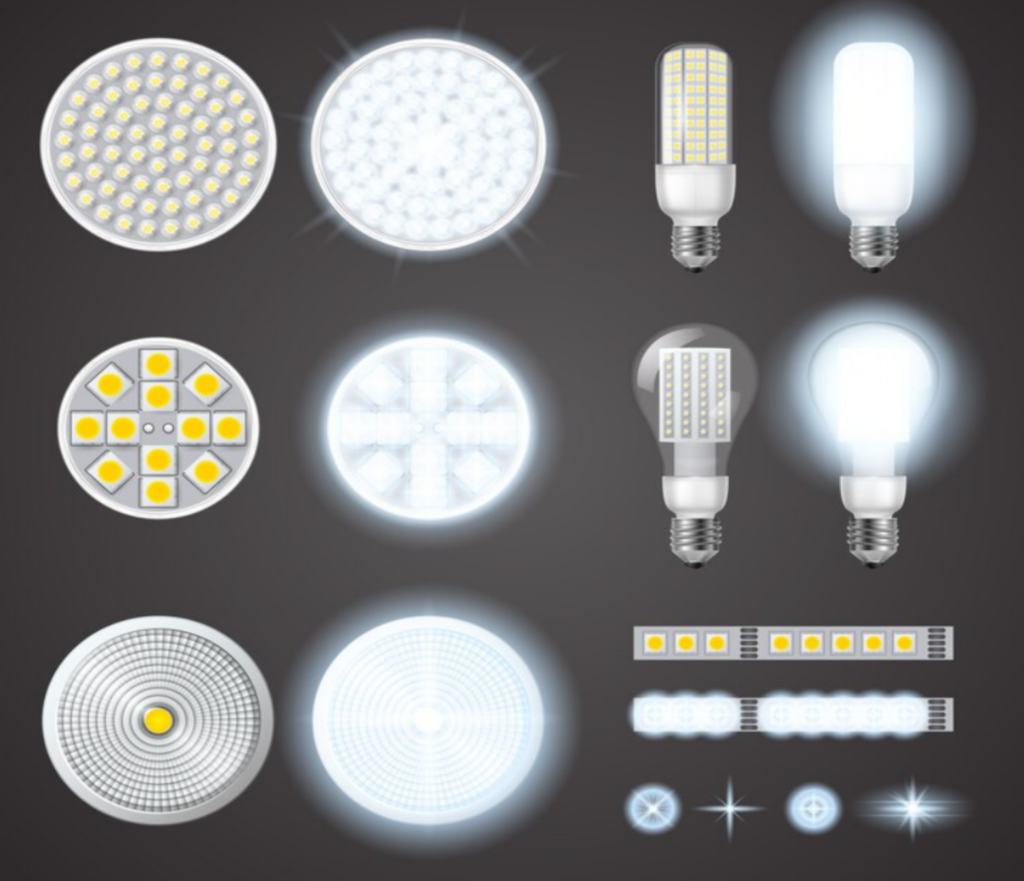
With their directional light, LED bulbs work efficiently in task lamps and under-cabinet lighting as well. For the best ambiance, use warm-white LED bulbs in living spaces and bright-white in kitchens and work areas. Take advantage of utility company rebates and look for ENERGY STAR rated bulbs to maximize your energy and cost savings with LEDs.
Utilize Smart Power Strips
Smart power strips are an easy way to save energy at home. These power strips have advanced features that can automatically shut off the power to devices that are in standby mode when they are not in use. This prevents devices from drawing a small amount of power continuously just to remain in standby.
Smart power strips work well for electronics that do not need continuous power. Good devices to connect to smart power strips include computers, monitors, printers, game consoles, and chargers. Make sure not to connect appliances like refrigerators and freezers that need constant power.

The best places to use smart power strips are in home offices, entertainment centers, and nightstands to power devices that are only used occasionally. Putting your computer, monitor, printer, and speakers on a smart power strip allows it to cut power to those devices when you are away or not using them. This can reduce your energy use over time without any sacrifice in convenience.
Adjust Water Heater Temperature
One of the easiest ways to save energy at home is by lowering the temperature on your water heater. Most water heaters are set to 140 degrees Fahrenheit by default, which is usually hotter than necessary.
By turning your water heater down to 120 degrees Fahrenheit, you can reduce energy consumption while still having plenty of hot water for showers, washing dishes, and other needs. For even more savings, try setting the temperature as low as 110 degrees. This lower setting is still hot enough for most uses while drastically cutting energy usage.
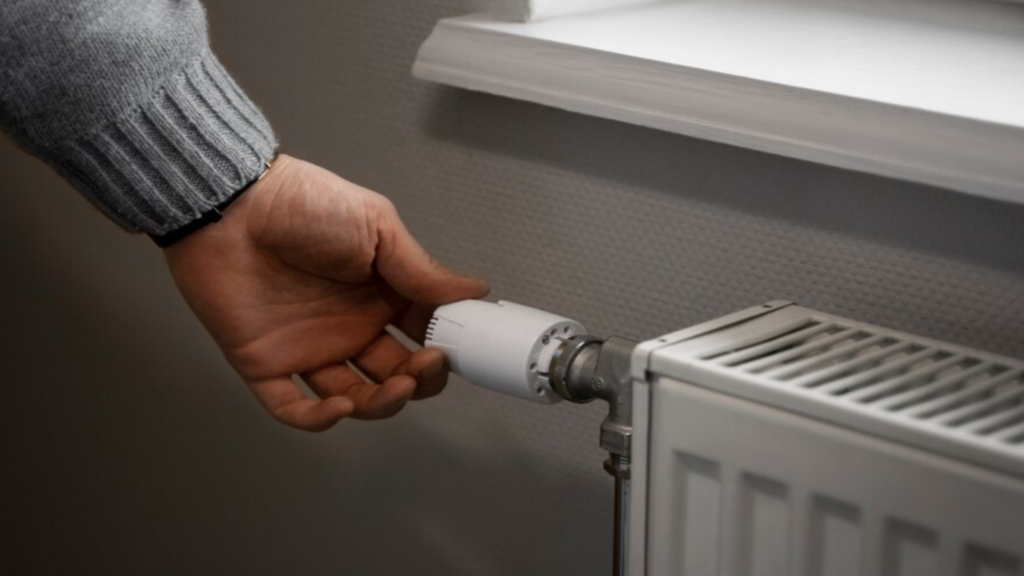
The Department of Energy estimates that lowering your water heater temperature by 10 degrees Fahrenheit can save up to 3-5% in energy costs. With the average household spending $400-600 per year on water heating alone, this small adjustment could save you over $100 annually.
Lowering the temperature is simple – just adjust the thermostat on your water heater down to your desired setting. Be sure to decrease in increments of 10 degrees at a time, allowing the water to cool overnight. Check it the next morning and lower it again if needed. For safety reasons, you don’t want the temperature to be below 120 degrees Fahrenheit.
Focus on Home Care and Save!

Taking small steps to increase your home’s energy efficiency can make a big difference in your energy bills and carbon footprint. The tips covered in this article, like turning down your thermostat, sealing air leaks, regularly changing air filters, and switching to LED lightbulbs don’t require much effort but can significantly reduce your home’s energy usage.
To maximize energy and cost savings, consider undertaking a comprehensive home energy audit. This will identify your home’s biggest problem areas. You can then target upgrades where you’ll see the most benefit. Contact one of Provincial Smart Home Services’ expert energy advisors and they can set up a in-home energy audit today!
Related Posts
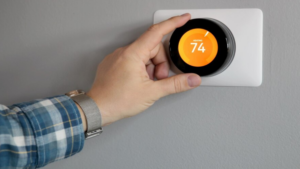
How Smart Home Automation Makes Your Life Easier
Discover smart home automation for easier living. Explore top devices for voice control, lighting, and security in our guide.

Should I Invest in an Energy Efficient Air Conditioner?
An energy efficient air conditioner can save you hundreds of dollars per year on utility bills while reducing your carbon footprint.
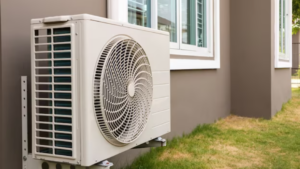
How Heat Pumps Can Improve Energy Efficiency
Heat pumps are an energy efficient way to heat and cool your home. Learn more about this versatile tool and how it can help you along your sustainability journey.


No Comments